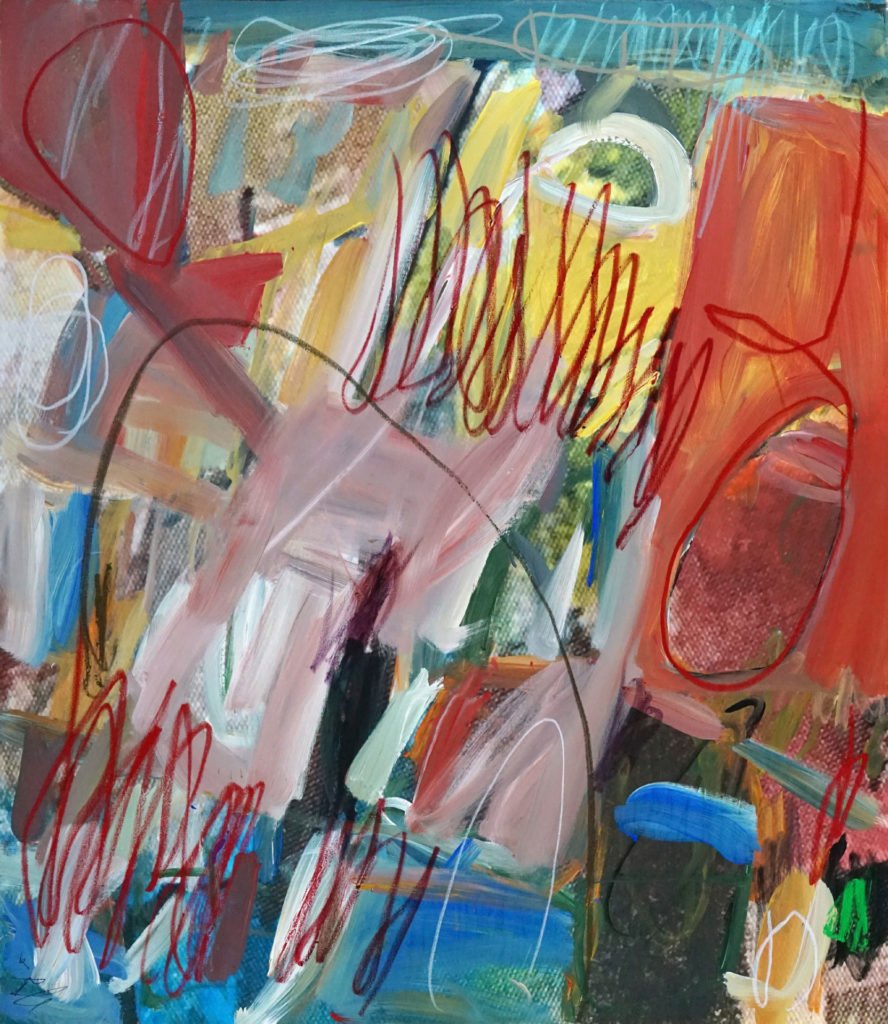
We all want to be in style. But it’s hard to know which style we are in. The art world is filled with many different art styles. Most artists specialize in one while experimenting in a couple of others. John Ross Palmer dabbles in more than a dozen.
But even some experienced collectors of Palmer don’t know the depths of his styles. Here is a quick guide to the different art styles of John Ross Palmer.
Barcelona and Catalan Modernism
Palmer has had the honor and privilege to travel around the world. He has trained with some of the world’s leading painters, including Robert Venosa. Many different cultures influence Palmer, but Barcelona and Carnivale are especially important.
Catalan modernism developed toward the end of the 19th century. Catalonia was an industrial powerhouse in Spain, but the Industrial Revolution fueled change. Barcelona expanded, adding new neighborhoods in formerly natural areas.
Architects drew influence from the expansions. They designed their buildings with asymmetrical shapes and curved lines, reminiscent of leaves. They featured floral and natural motifs, creating highly ornate buildings and paintings.
Palmer’s third self-published book, Seven Years (2005), is a love letter to Catalan modernism. Palmer experiments with movement to invoke the contours of mountain ranges and landscapes. Black and white paints invite the eye to move up and down in a full range of motion across the canvas.
Carnivale
Palmer visited Buenos Aires in 2007. While there, he experienced Argentina’s Carnivale. The vitality present in the streets mesmerized him.
Carnivals the world over fill streets with colors and textures. Many participants wear masks and colorful outfits. As time has gone on, costumes have grown more extravagant.
Palmer has created two separate styles of Carnivale art. The first is Classic Carnivale. Classic Carnivale uses rigid lines that segment the canvas. Bright reds and frenetic strokes create incredible energy within the frame.
Modern Carnivale is more fluid than Classic Carnivale. Without rigid lines, brush strokes are freer and more animated.
Loops and dashed lines invite the eye toward the center of the canvas. Bright and cool colors combine, creating synergy in the viewer’s eye.
Equestrian Art Styles
Horses have always fascinated Palmer. As a child, Palmer would go horseback riding with his mom and four siblings. Palmer combines his childhood memories with a rich tradition of horse paintings and photographs.
Eadweard Muybridge, a pioneer of photography in the nineteenth century, captured sequences of horses in mid-gallop. His work allowed painters to depict the natural gait of the horse. Painters could capture the grace of a horse as it moves through space.
Palmer focuses on the rapid motion of horses. Sometimes he paints the horses head-on. The horses seem like they are diving through the walls.
Sometimes he paints the horses from the side. The viewer sees their strong legs propelling their riders forward.
Greek Monoprints
Palmer first traveled to Greece in 2005. He fell in love with the picturesque landscapes, and he has made five return visits. Monoprints have fascinated Palmer since his very first visit.
Most printmaking allows for multiple originals. You can reprint the image over and over, making adjustments to it. Monoprinting produces only one image, creating a truly unique art piece.
Monoprinting is great for collage and etchings. It produces an expressive print, rich with colors and textures throughout the canvas.
Every Palmer monoprint is different. Some feature butterflies and flowers, while others feature abstract designs and special motifs. Palmer prints most monoprints on Fabriano paper, made from resilient white cotton.
Escapism
If Palmer has a primary art style, it is Escapism. Palmer first began painting in 1998, following the death of his father. He found the process of making art liberating and enlightening.
Escapism bases itself on the idea that art is healing. Palmer’s earliest expressions of Escapism included a trigger like an arrow. Palmer then surrounded that trigger with pops of color.
Classic Escapist paintings mimic the healing process. The trigger provides a grounding realism, while the pops of color invoke a new dimension. The viewer sees a bridge between the present and the future.
Palmer experimented further, developing Modern Escapism. Modern Escapism leaves the realistic motifs behind for free-flowing brush strokes. Dashes collide with loops, and light blues cross over grays and browns.
Muted Escapism features the free-flowing strokes of Modern Escapism without the bright colors. Blacks, browns, and dark greens take center stage over yellows and oranges.
Modern Cubism
Cubism emerged in the early 20th century. Pioneered through the works of Pablo Picasso, Cubism breaks up viewpoints. Subjects and objects become broken into geometric forms, calling attention to the surface of the canvas itself.
Palmer’s latest style is Modern Cubism. Classic Cubism breaks up realistic images into pieces. Modern Cubism breaks up abstract designs into pieces.
Circles and lines shatter undisturbed patches of color. Triangles intersect over fluid lines and whole ovals. Colors and textures juxtapose in a matter unique to Palmer today.
The Work of John Ross Palmer
Many people have heard of art styles before. Fewer people are aware of the figures behind those styles. John Ross Palmer is renowned for his ability to work in many different styles.
Catalan Modernism allows Palmer to invoke rolling natural landscapes and motifs. Carnivale provides incredible energy reminiscent of street festivals throughout the world.
Equestrian paintings recall childhood memories with the grace and speed of horses, and monoprints are personalized works. Escapism asserts resilience during the healing process, while Modern Cubism is a variant of the popular Cubist style.
Read about the styles, then find the right John Ross Palmer painting for you. Contact us to schedule an appointment, or call us at 713-392-6882.
